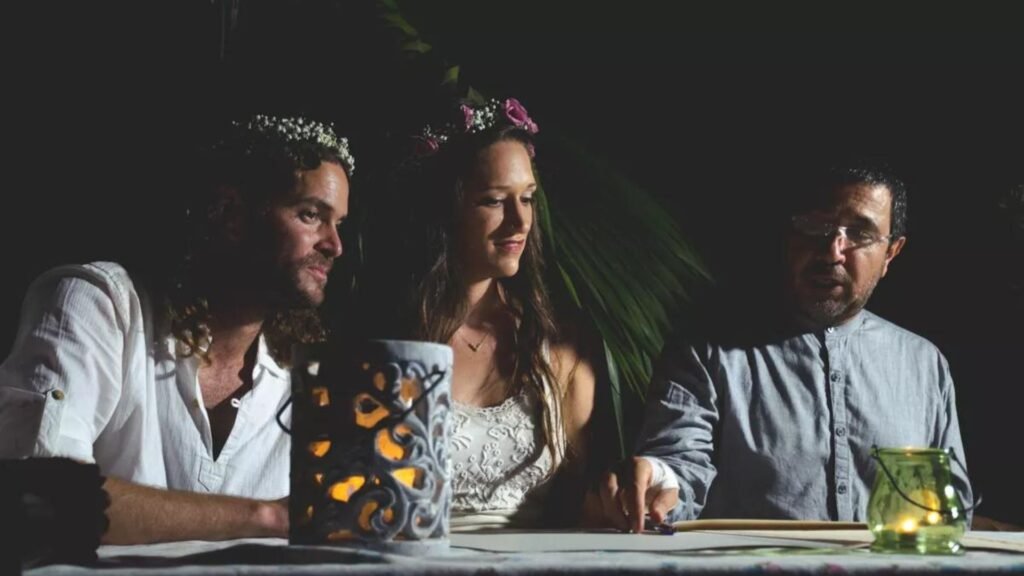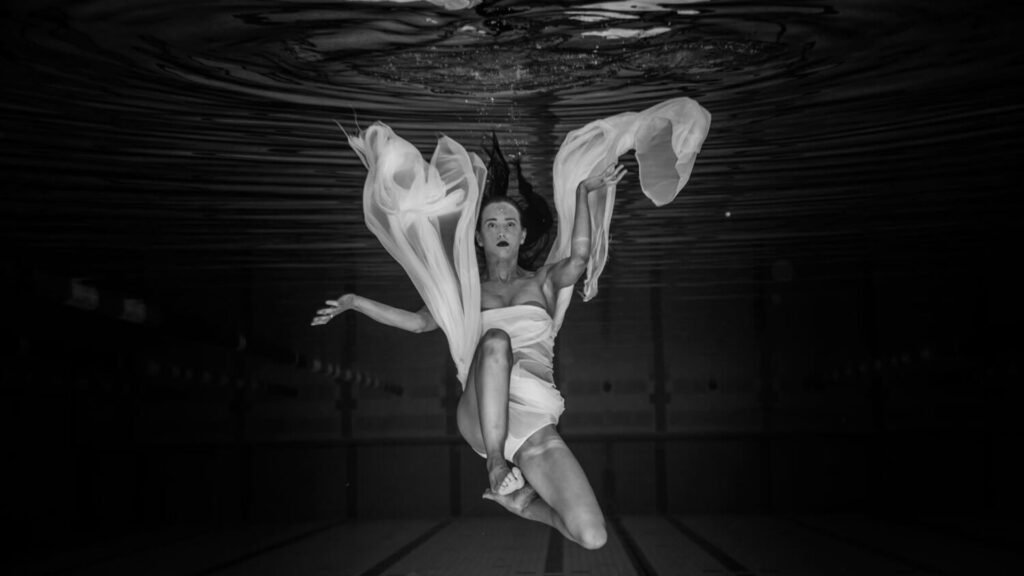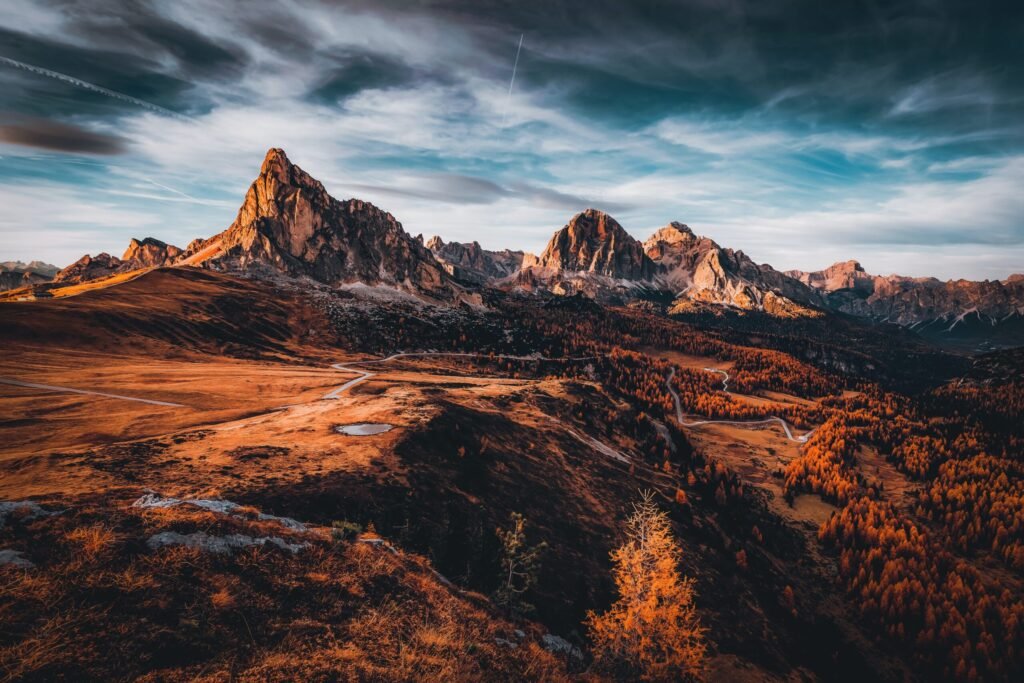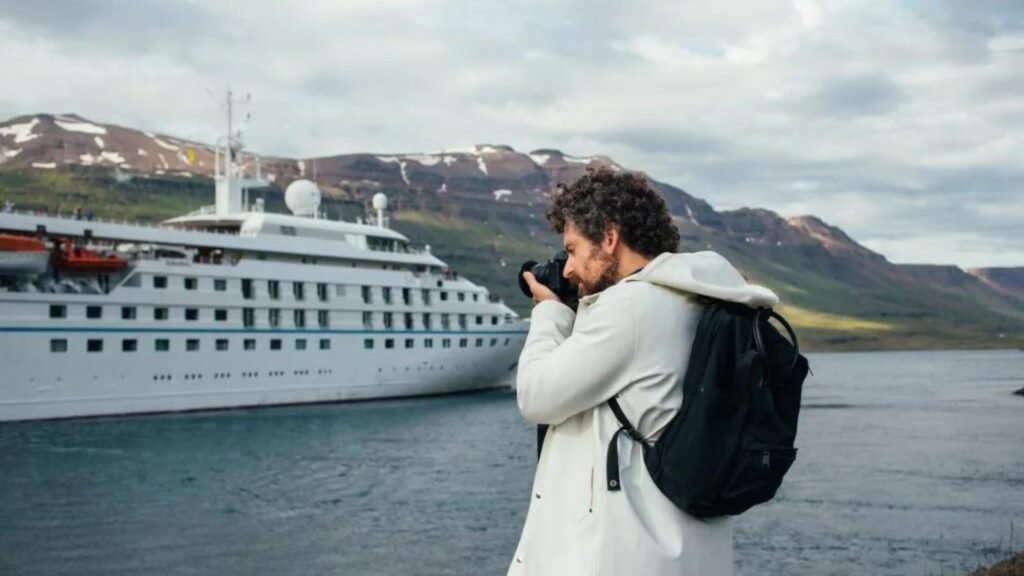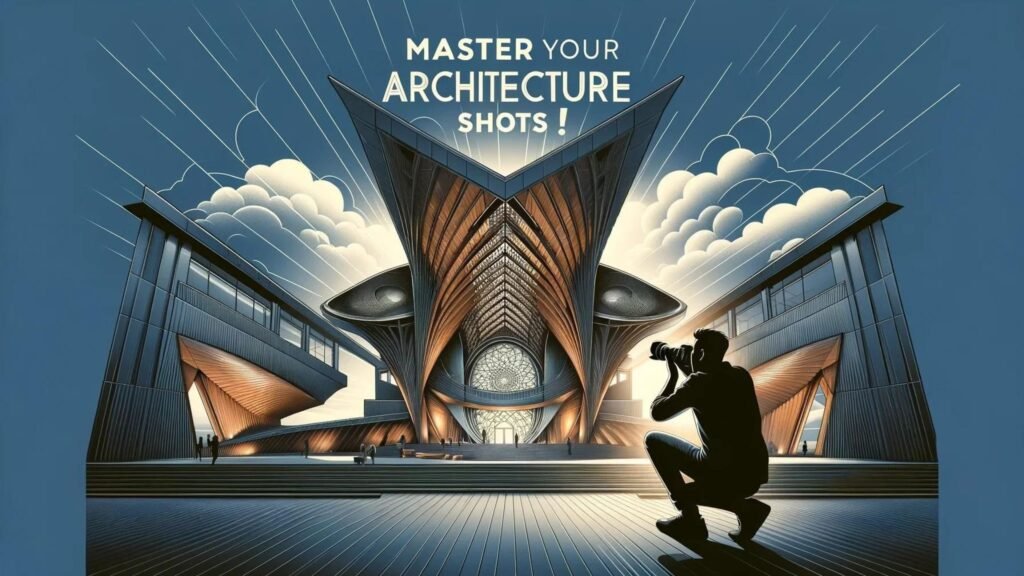Jul 3, 2024
Tips for Photographing Waterfalls
Photographing waterfalls can result in stunning images that capture the beauty and power of nature. To create compelling waterfall photographs, you need to consider composition, lighting, and camera settings. Here are some essential tips to help you take beautiful waterfall photographs.

Use a Tripod
A tripod is crucial for waterfall photography, especially when using slow shutter speeds to create a smooth, silky effect on the water. A stable tripod ensures that your camera remains steady, preventing any blur caused by camera shake. Make sure to position your tripod securely, especially if you’re on uneven or slippery terrain.
Slow Shutter Speed
To capture the flowing motion of the water, use a slow shutter speed. Start with a shutter speed of around 1/4 to 1/2 second and adjust as needed. Slower speeds like 1-2 seconds can create an even silkier effect. Experiment with different speeds to find the one that best suits the look you want to achieve.
Use a Low ISO
Keep your ISO setting low to minimize noise in your images. An ISO of 100 or 200 is ideal for capturing clear, detailed photos. Low ISO settings also help you achieve longer exposure times, which are essential for creating that smooth, flowing water effect.
Aperture Settings
Use a small aperture (higher f-stop number) to achieve a greater depth of field, ensuring that both the foreground and background are in sharp focus. An aperture of f/8 to f/16 is typically suitable for waterfall photography. However, in low-light conditions, you might need to open up the aperture slightly to allow more light in.
Neutral Density Filters
A neutral density (ND) filter is a valuable tool for waterfall photography. It reduces the amount of light entering the lens, allowing you to use slower shutter speeds even in bright conditions. ND filters come in various strengths, so choose one that suits the lighting conditions of your scene.
Polarizing Filter
A polarizing filter can enhance your waterfall photos by reducing glare and reflections from wet surfaces and enhancing the colors of foliage and water. It also helps to increase the contrast between the sky and clouds. Rotate the polarizer to see the effect before taking the shot.
Compose Your Shot
Pay careful attention to the composition of your waterfall photographs. Use the rule of thirds to place the waterfall off-center, creating a more balanced and dynamic image. Include interesting foreground elements like rocks, foliage, or flowing water to add depth and context to your shot.
Watch the Light
Lighting plays a significant role in waterfall photography. Overcast days are often ideal because the diffused light reduces harsh shadows and highlights. Early morning or late afternoon light can also create beautiful, soft lighting. Avoid shooting in harsh midday sunlight, which can create overly bright and dark areas.
Conclusion
By following these tips, you can capture stunning waterfall photographs that showcase the dynamic beauty of flowing water and the surrounding landscape. Patience, practice, and a keen eye for composition and light are key to mastering waterfall photography.
More Details


